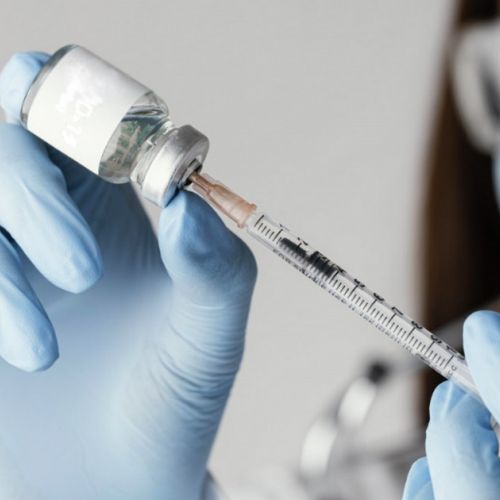Mushrooms: Beware Of Poisoning!
With the end of summer comes mushroom picking season. But be careful, this countryside pastime is not without danger! Every year, between 1200 and 1300 cases of poisoning are reported in the second half of the year. The number of cases is even on the rise due to unreliable mobile applications. Here are the precautions to take to limit the risks of poisoning.
1- Be aware of the risk of intoxication.
All mushrooms, even those that are edible, can cause digestive disorders if consumed in excessive quantities, undercooked or spoiled. Their consumption can lead to nausea, vomiting, abdominal pain, and diarrhea.
But there are also around fifty dangerous mushrooms in Europe that can cause severe poisoning.
Most cases occur between July and October, during the growing season. When the summer is rainy, like in 2023, mushrooms arrive early and so do cases of poisoning.
2- Know the symptoms that should alert
Food poisonings linked to the ingestion of poisonous mushrooms are more common than one might think. They can be dangerous to health and even deadly.
That's why some symptoms should alert you:
- vomiting
- diarrhea
- abdominal pain
- nausea
- fever
- excessive sweating
- skin redness
- tremors
- dizziness
- vision problems
- hallucinations
- headaches
Note: symptoms of mushroom poisoning may appear up to 12 hours after consumption.
Furthermore, the longer the onset of symptoms, the more severe the poisoning. Generally, the problem is less serious if signs appear quickly (between 30 minutes and 3 hours). If symptoms occur 6 hours after a meal, hospitalization is imperative.
3- What to do in case of mushroom poisoning?
If one or more of the above symptoms appear after consuming mushrooms, it is necessary to immediately contact a poison control center (www.centres-antipoison.net) or call 15.
Do not hesitate to contact emergency services as soon as possible as mushroom poisoning can be serious, even fatal.
4- How to limit the risks of poisoning?
To limit the risk of poisoning, remember the following safety rules:
1- Only pick mushrooms that you know and recognize perfectly
2- If in doubt, show your harvest to a specialist, such as your pharmacist
3- Only pick specimens in good condition
4- Do not pick mushrooms near polluted sites
5- Separate the harvested mushrooms by species because a poisonous mushroom can contaminate others
6- Never use plastic bags to transport your harvest as the mushrooms can ferment and become indigestible
7- Do not keep the mushrooms for more than two days after harvesting
8- Always cook the mushrooms before consuming them (raw or undercooked, some edible species are very indigestible)
Good to know
According to mycologists (mushroom specialists), some mushroom identification apps are not reliable. It is therefore best not to use them.
Remember that toxic mushrooms can closely resemble edible species, and consider any unknown mushroom as potentially toxic.
The presence of traces of consumption by an insect or caterpillar does not mean that it is edible.







